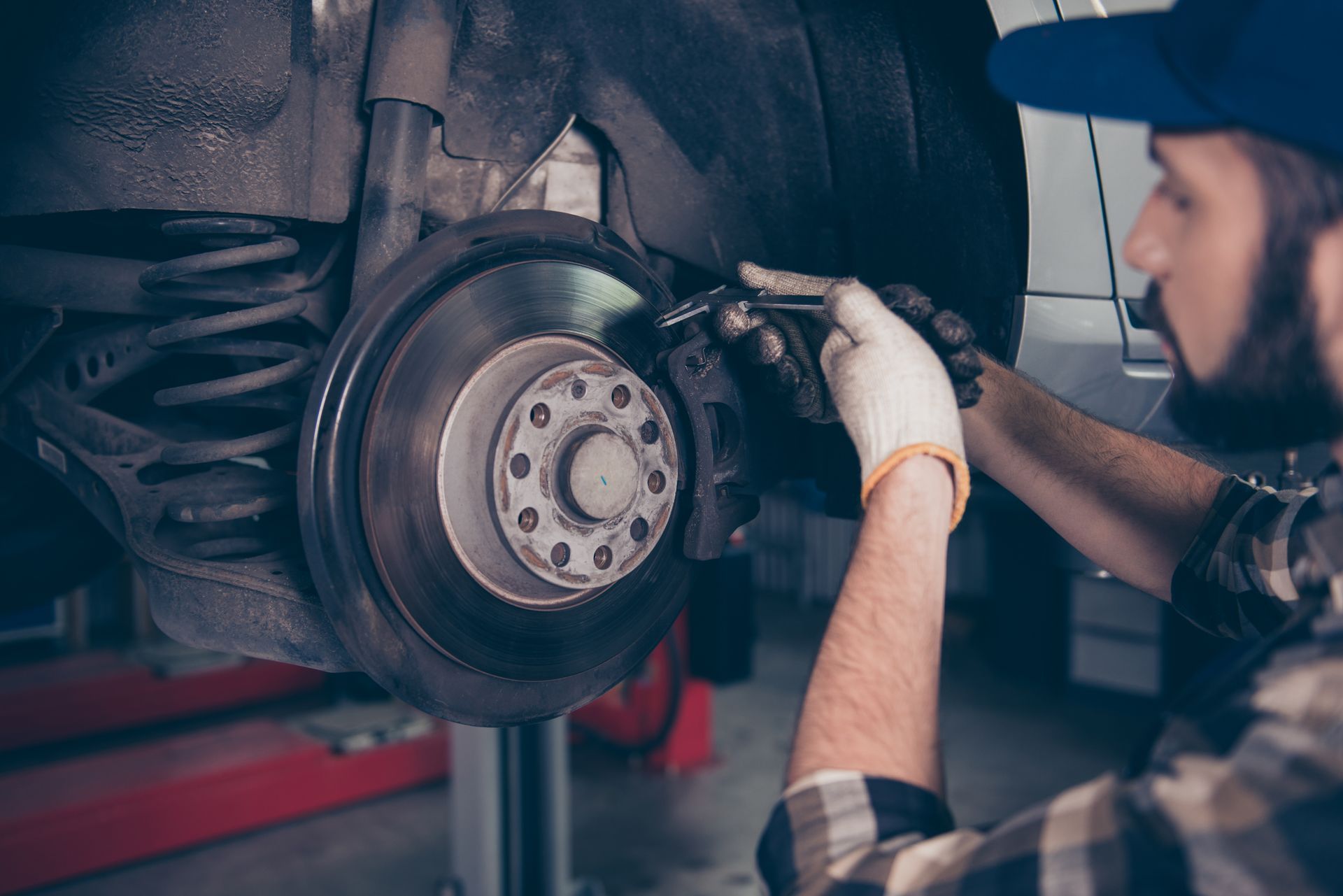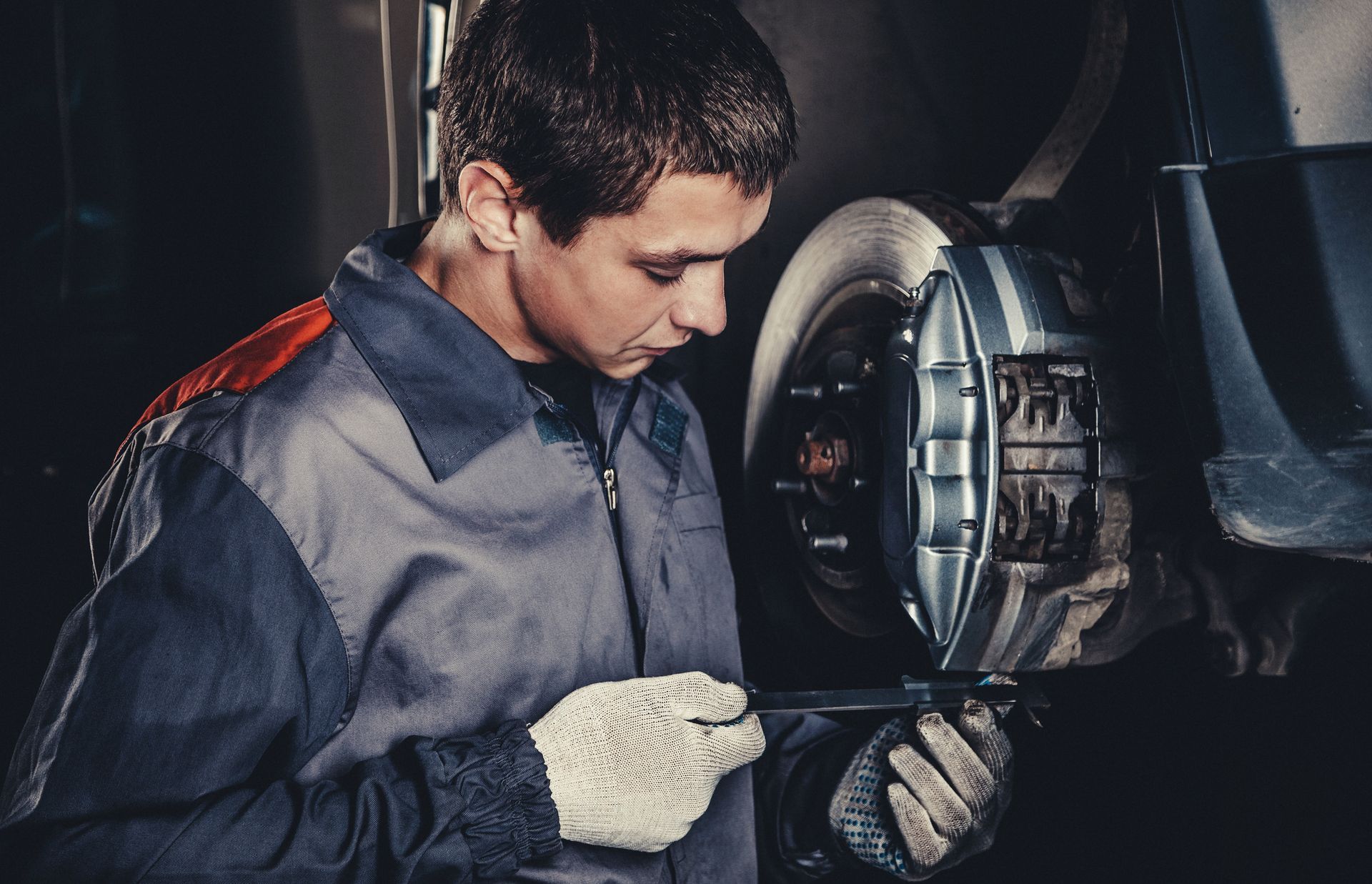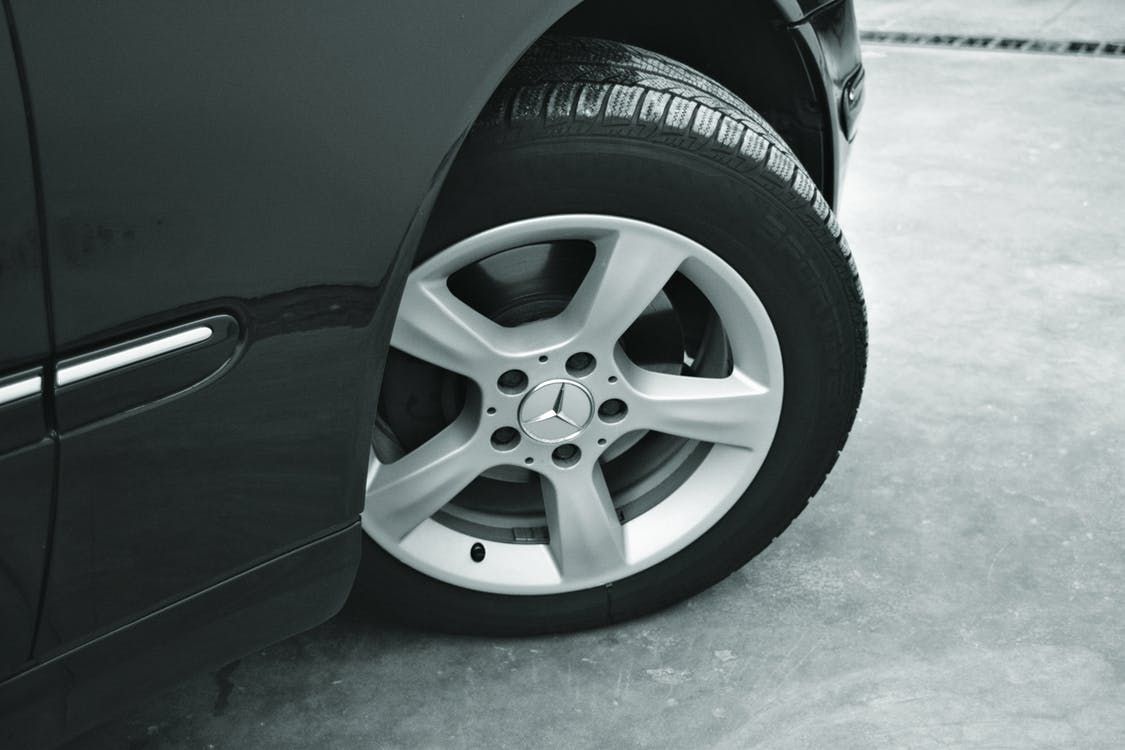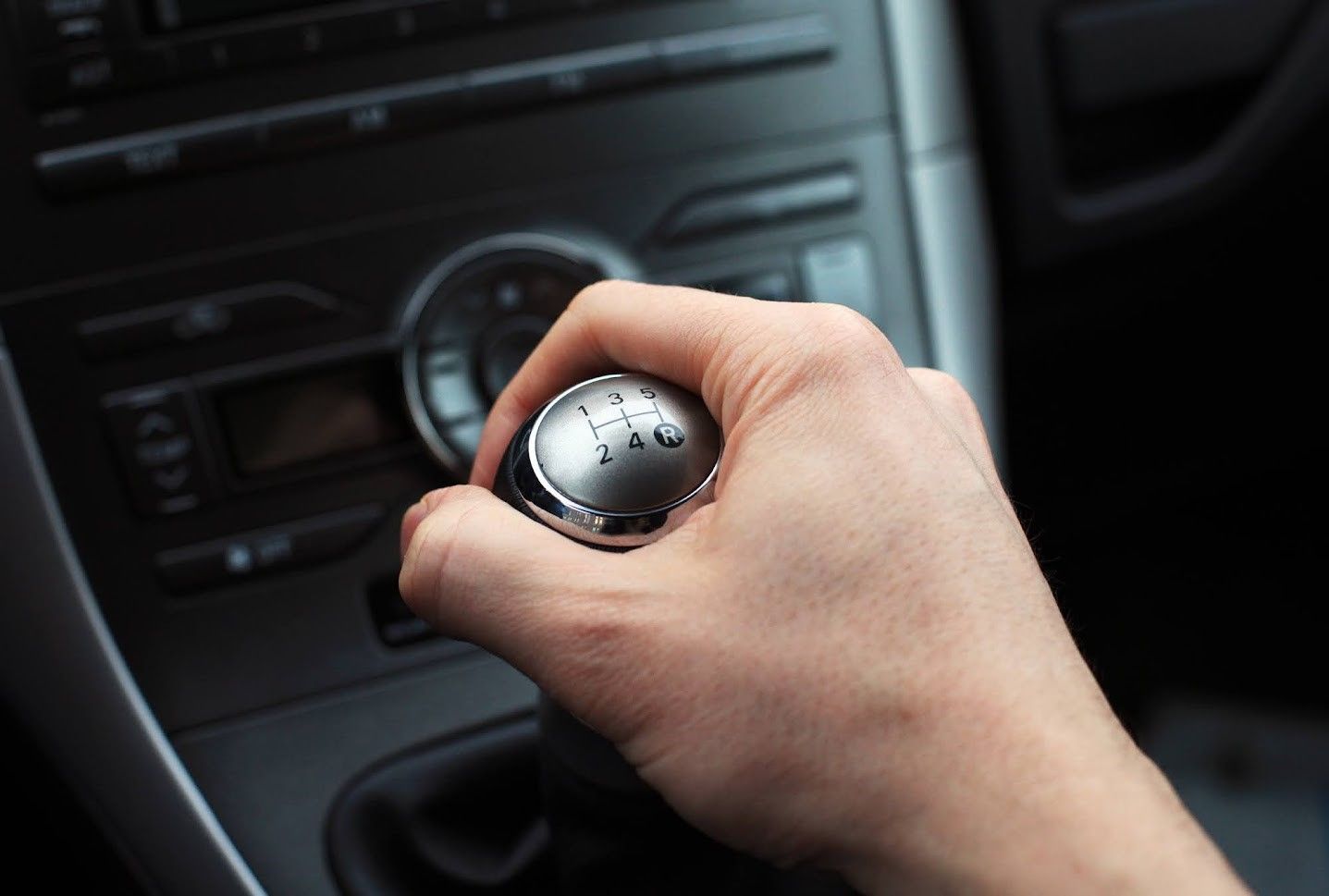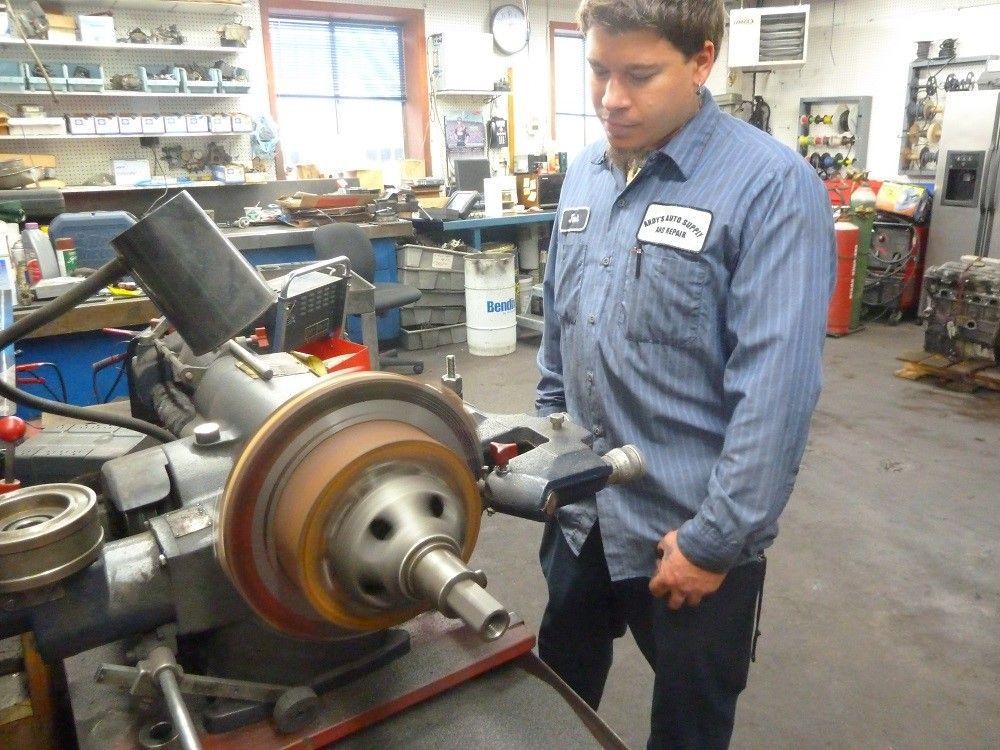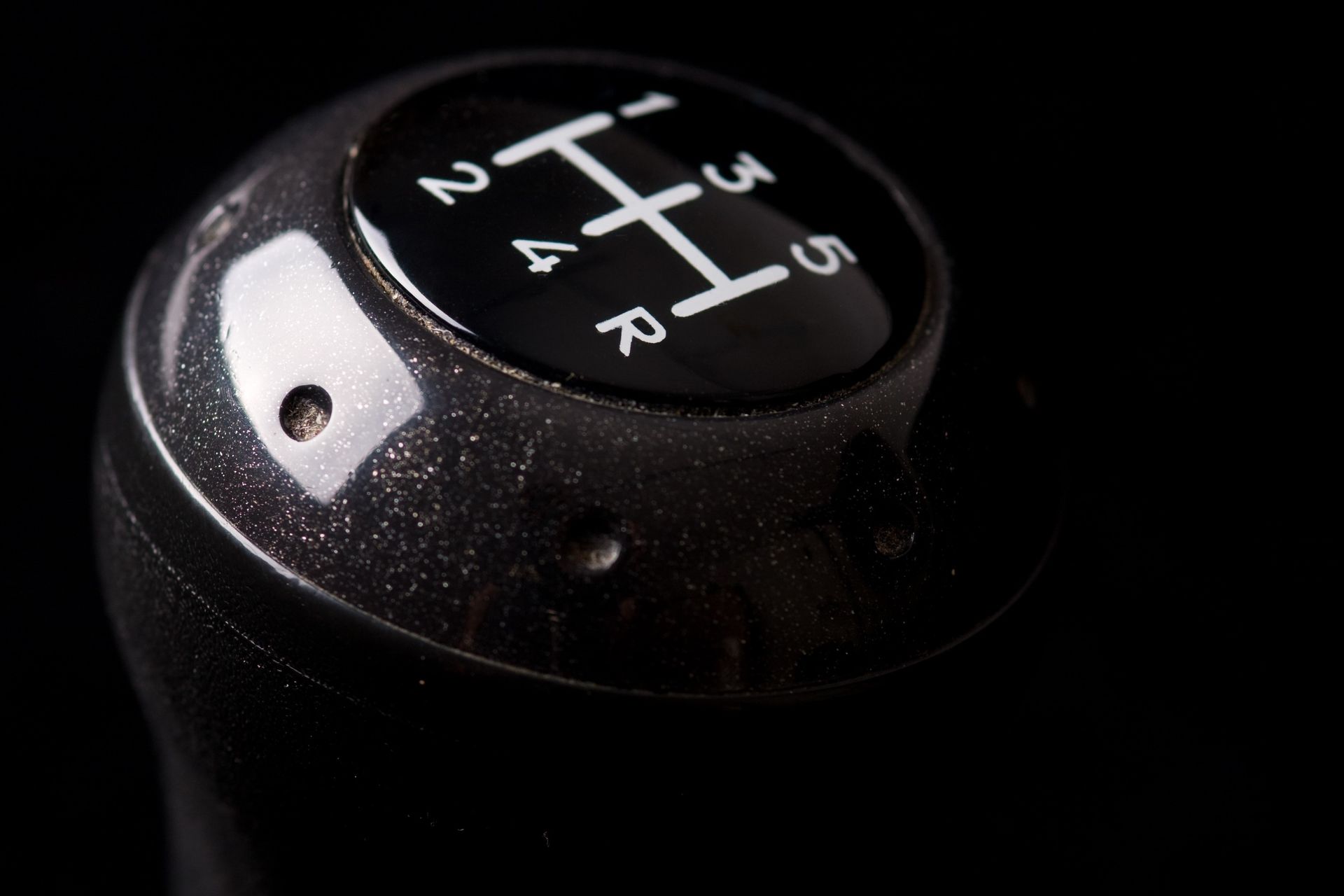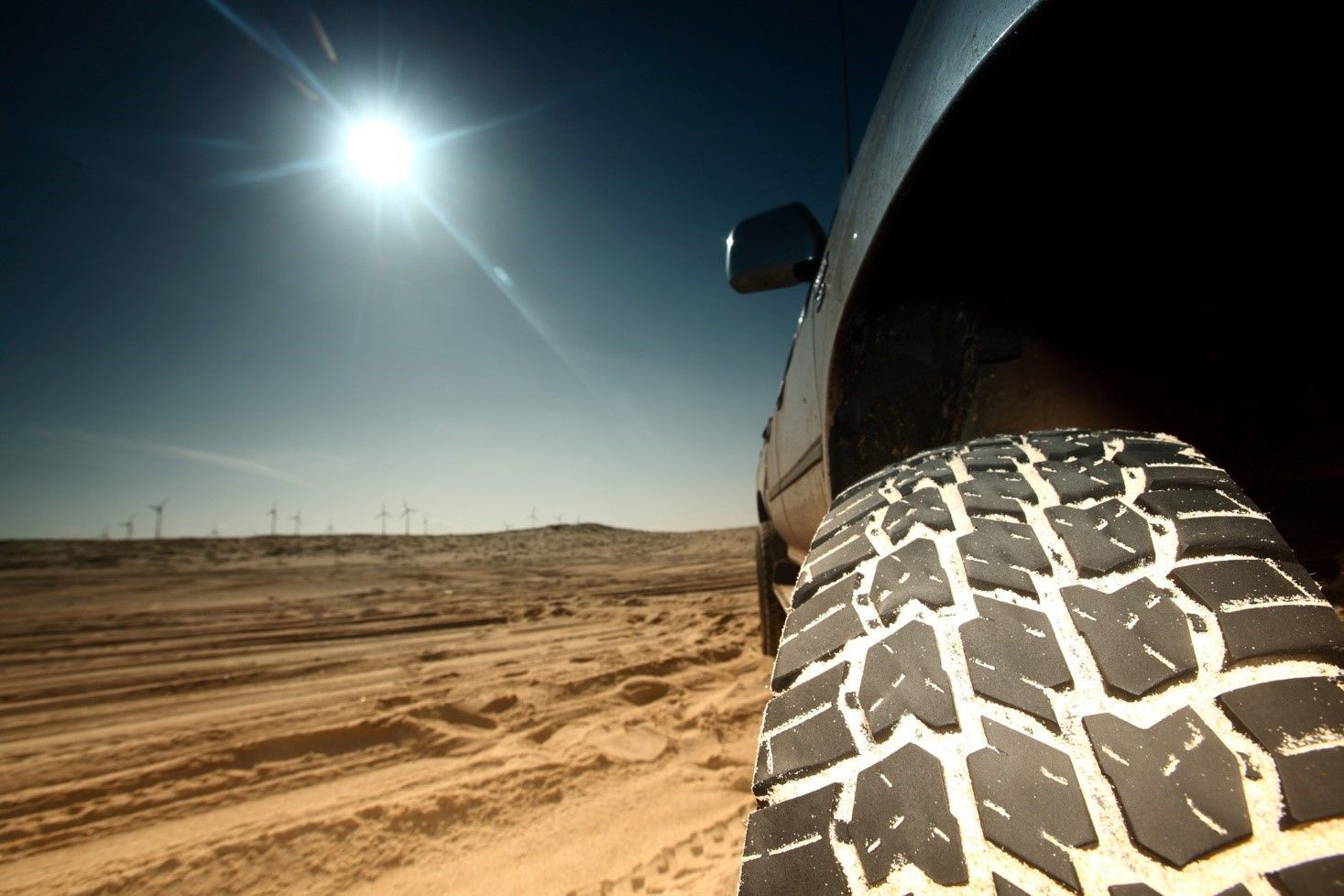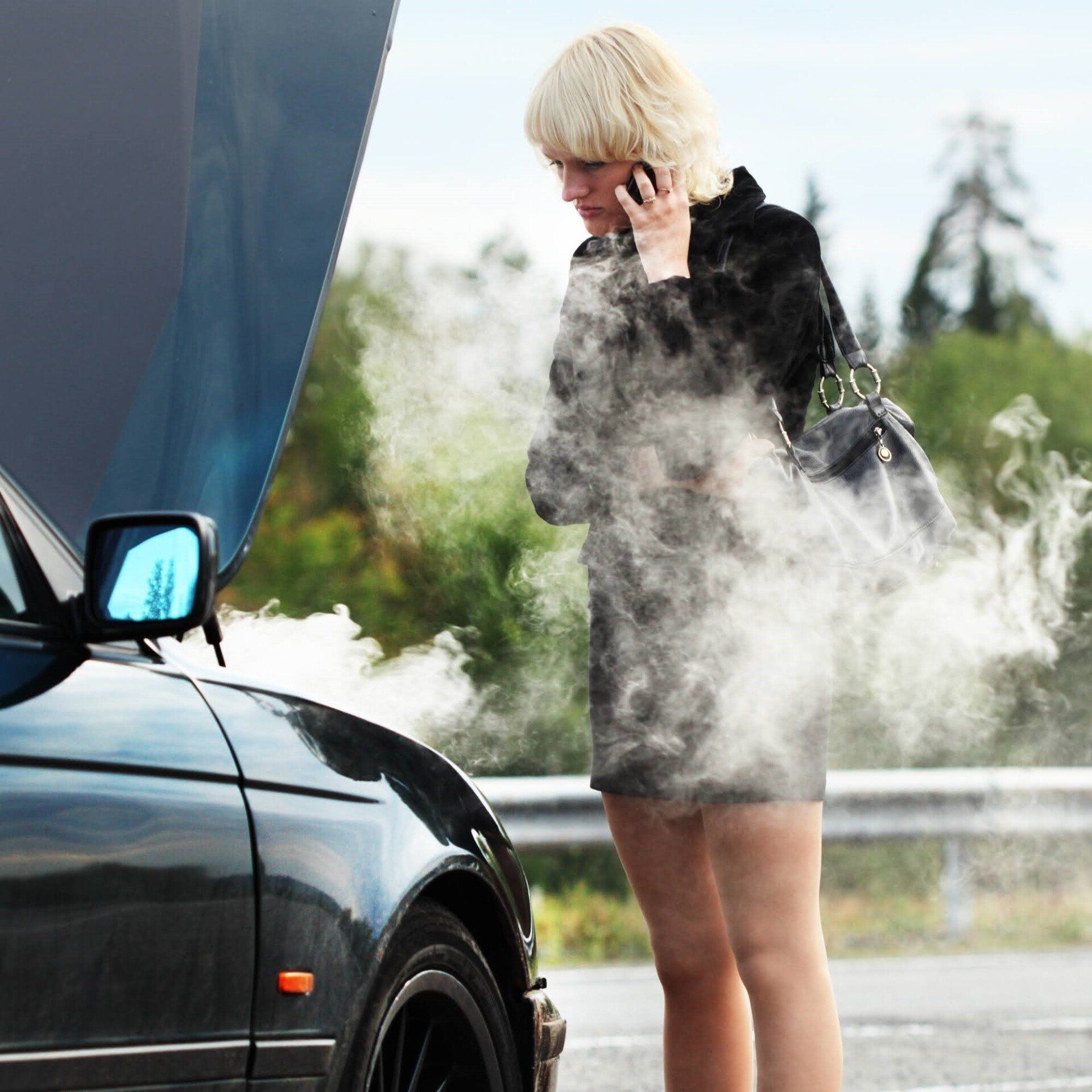3 Signs of a Faulty Flywheel
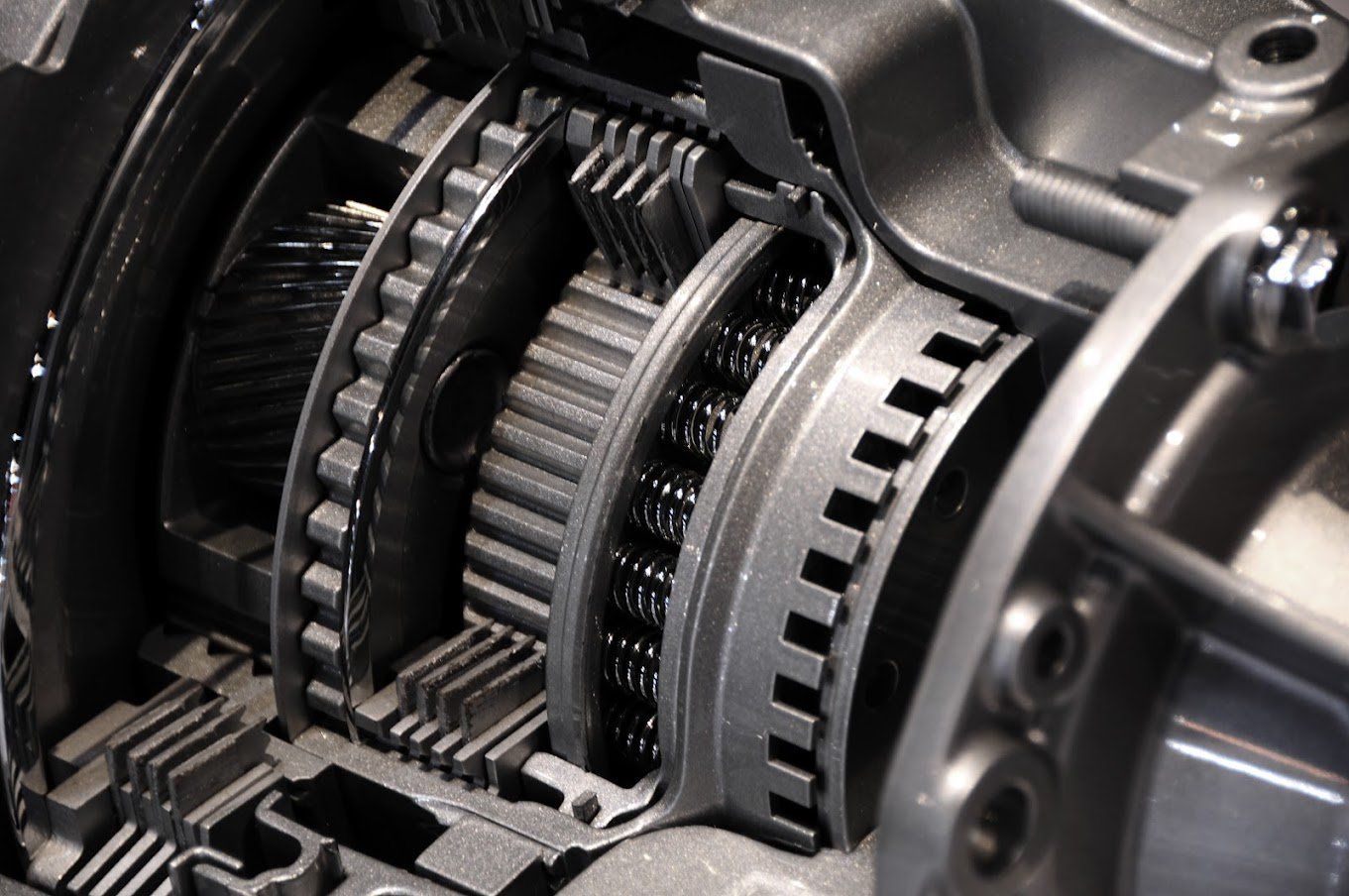
Your car's flywheel helps your car start smoothly and makes your gears work. While these wheels are robust and built to last, they can sometimes get damaged or break. How can you tell if your flywheel has a problem? Here are three signs.
1. PROBLEMS STARTING YOUR CAR
Flywheels play an important part in the starter process of a vehicle. When you turn on your engine, the starter motor pushes a gear towards the flywheel. This gear meshes with the flywheel's teeth to make the engine turn over.
If one or more of the flywheel's teeth are damaged or broken, then the wheel can't engage with the starter motor. You might need to try a few times to get your car to start, or it might not start at all.
2. CHANGES TO YOUR CLUTCH SYSTEM
Your flywheel helps your clutch system make smooth and efficient gear changes. If the wheel has a problem, then your gears and clutch pedal might start to work a little differently than the norm.
For example, you might have some slippage problems when you try to change gears. If your flywheel is damaged or has surface contamination, then your clutch might not be able to get a firm grip on the wheel.
Sometimes, clutches go to the other extreme and stick to warped or damaged flywheels. Or, they suffer from chatter problems where they skip on and off their wheels rather than attach to them.
So, you might find it hard to change gears. You might go up or down a gear only to find that you then immediately slip back to the gear you changed out of. Sometimes, your gears will go back into neutral. If your wheel has significant damage, and your clutch sticks to it, then you might not be able to change gears at all if the clutch can't disengage.
Your clutch pedal can also give you hints that all is not well with your flywheel. For example, if your flywheel is incorrectly mounted, has moved out of place, is warped or has some damage, then your clutch pedal might start to vibrate or shake when you use it.
Here, the movements in and around the pedal often come from corresponding vibrations in the flywheel. For example, if your flywheel's springs are damaged or broken, then the wheel loses some of the stability that holds it steady. Its vibrations increase and pass down to the pedal.
If you have flywheel vibration problems, then you might feel that they get worse when you change gears or accelerate. You might also eventually start to feel some vibrations on the floor around the pedal if the underlying problem gets worse.
3. BURNING SMELLS
If your flywheel isn't in good shape, then it can damage your clutch plate. If the plate can't engage with the flywheel smoothly, then it might lose some of its protective friction coating. As it, and the flywheel, heat up, they can release a burning smell.
This smell is a little like burnt toast. It might hang around your clutch pedal area. You'll typically get this smell when you engage your clutch, and it might get worse in high-stress driving situations, say in slow-moving traffic where you have to stop and start a lot, or when you drive up hills or over rough terrain with a heavy load.
Sometimes, if the flywheel only has surface damage, then you can restore it to its original smoothness by grinding it down. However, if the damage is too deep or if the flywheel is broken, then you might need to replace it. For an expert diagnosis and repair, contact Stopmaster Brake Service Pty Ltd.

